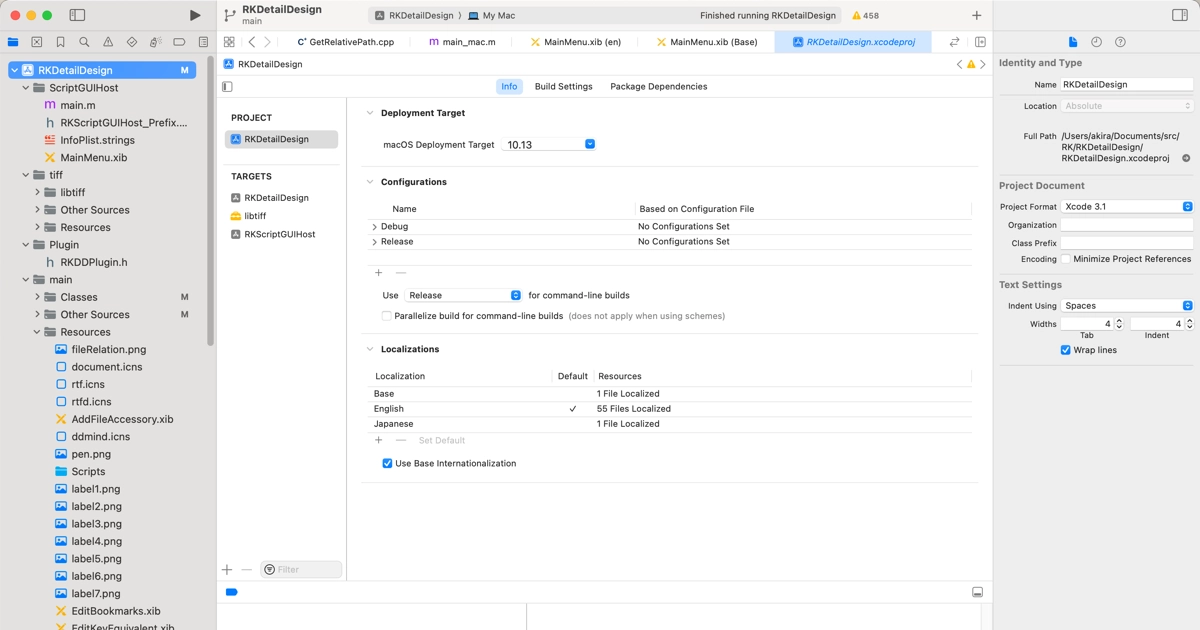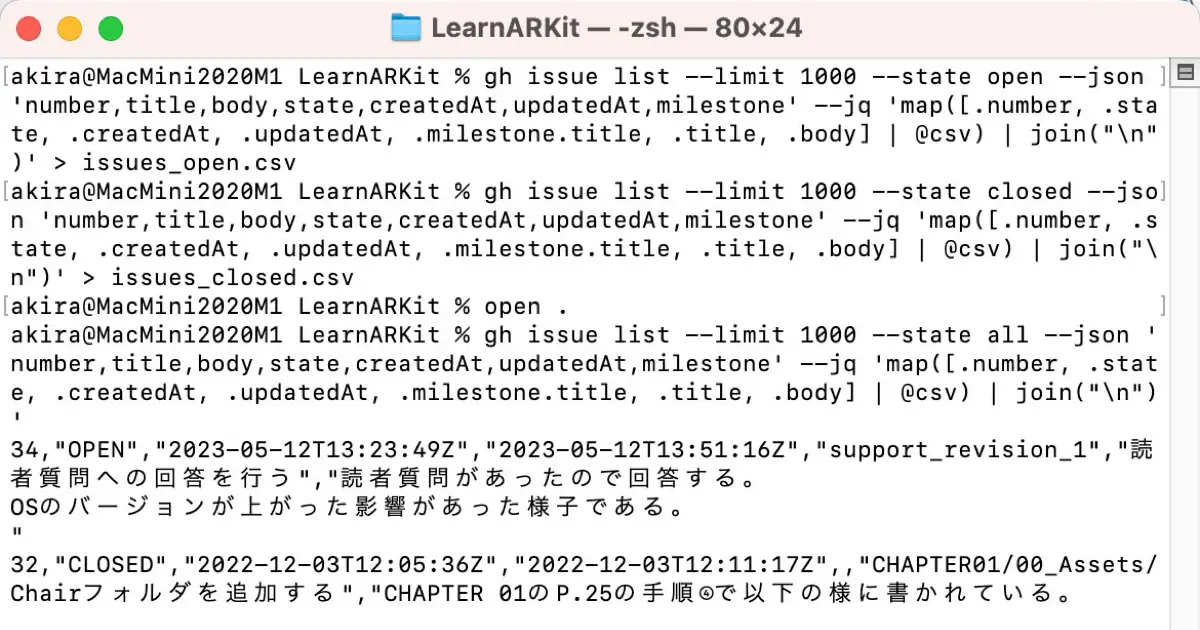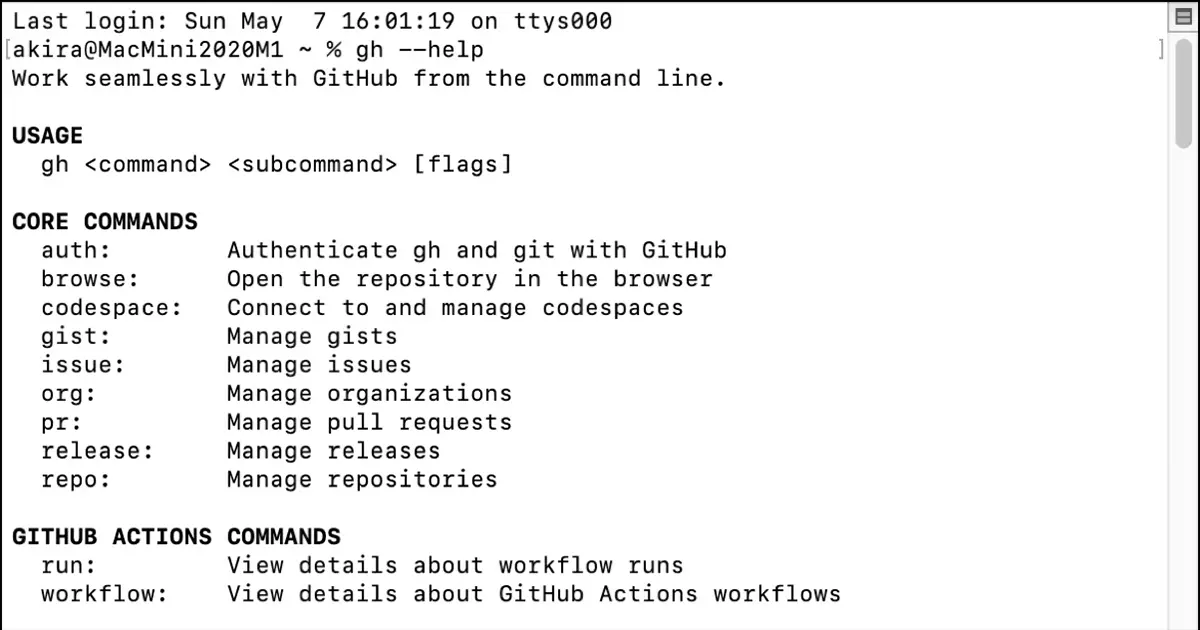You might want to measure the elapsed time to display the transfer speed or determine the remaining time for the heavy-weight processing to complete.
This article introduces a code sample that demonstrates how to measure elapsed time using the C++ Standard Library.
Implementation Example
C++11 added many functions relating to time and date. Now, you can implement a process to measure elapsed time using just the C++ Standard Library without relying on native platform APIs.
You can use the Chrono library, part of the C++ Standard Library.
The following code measures the elapsed time taken by the something() function. It prints the result in milliseconds and seconds to the console.
#include <iostream>
#include <chrono>
#include <thread>
void something()
{
// Sleep for 2.5 seconds
std::this_thread::sleep_for(std::chrono::milliseconds(2500));
}
int main(int argc, const char * argv[])
{
// Get the started time
auto start = std::chrono::system_clock::now();
// A process which you want to measure the elapsed time
something();
// Get the end time
auto end = std::chrono::system_clock::now();
// Calculate the difference (end - start) in milliseconds
std::chrono::duration<double, std::milli> elapsed = end - start;
// Calculate the difference (end - start) in seconds
std::chrono::duration<double> elapsed2 = end - start;
// Output the result into the console
std::cout << elapsed.count() << "ms" << std::endl;
std::cout << elapsed2.count() << "s" << std::endl;
return 0;
}When executed on my console, the output is as follows.
2504.99ms
2.505sGet the current date and time
To obtain the current date and time, you can utilize the std::chrono::system_clock::now() method. Ensure you include the chrono header to access this method.
Sleep
The std::this_thread::sleep_for() method allows you to pause the current thread. This method is declared as follows. To utilize this method, make sure to include the thread header.
template< class Rep, class Period >
void sleep_for( const std::chrono::duration<Rep, Period>& sleep_duration );This sleep duration can be specified as an argument using the type std::chrono::duration. As seen in the earlier example, a duration of 2500 milliseconds was specified, making the code intuitive. The following classes are defined to improve code readability.
std::chrono::nanosecondsstd::chrono::microsecondsstd::chrono::millisecondsstd::chrono::secondsstd::chrono::minutesstd::chrono::hoursstd::chrono::days(Since C++20)std::chrono::weeks(Since C++20)std::chrono::months(Since C++20)std::chrono::years(Since C++20)
The first four classes are commonly used to specify sleep durations.
Calculate the Elapsed Time
Elapsed time refers to the duration a process takes to complete. It is calculated by determining the difference between the start and end times.
The result type of std::chrono::system_clock::now() method is the std::chrono::time_point<std::chrono::system_clock>. This type overrides the minus operator with the code using the C++ template, allowing you to determine the difference in any time unit by selecting the appropriate type.
Specifying the std::chrono::duration<double> returns the value in seconds. The count() method can retrieve the scalar value. The count() method returns a result type of double, as determined by the specified template argument.
Suppose you specify the std::chrono::duration<double, std::milli>. In that case, the method returns the value in milliseconds because you specify the std::milli to the template argument. The types possible to use as the elapsed time unit are the following.
std::nanostd::microstd::milli
However, it’s crucial to consider the timer’s accuracy for minimal elapsed times. While a high-accuracy timer is recommended, this article does not delve into it.

















